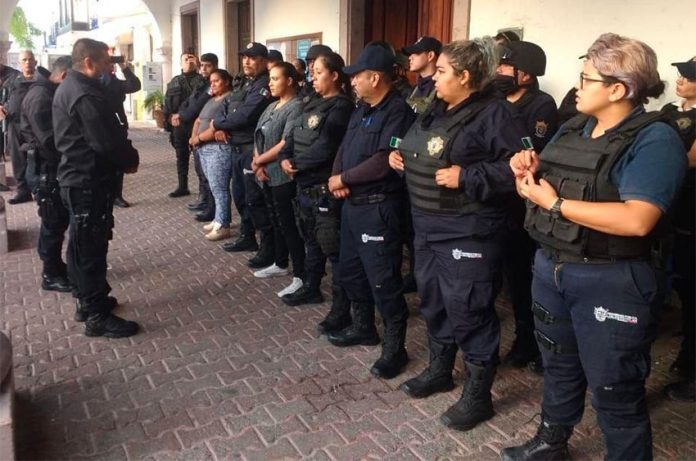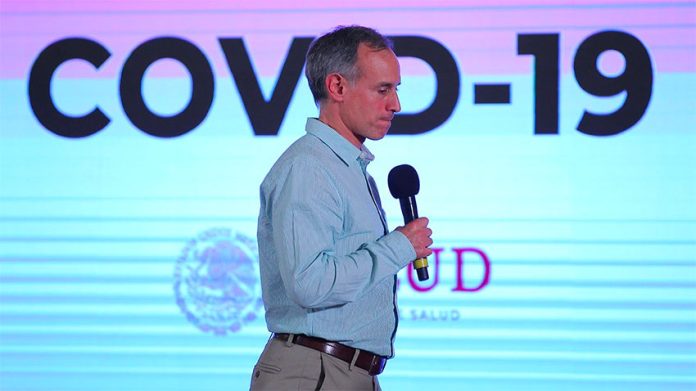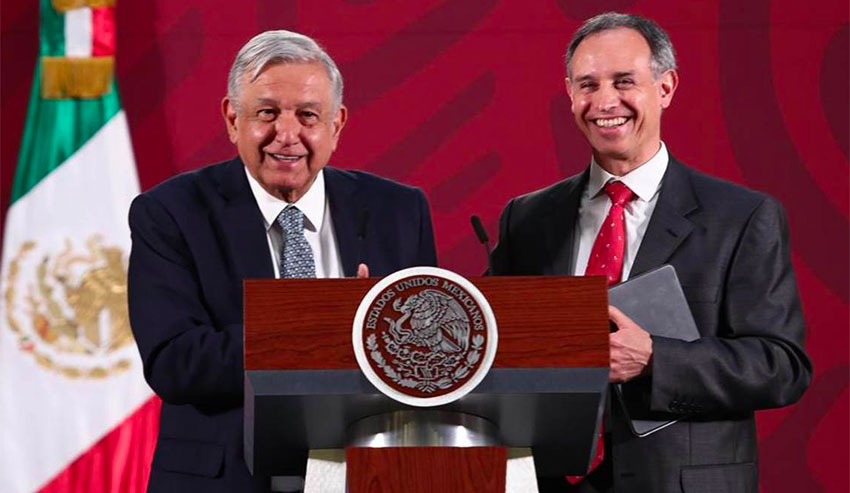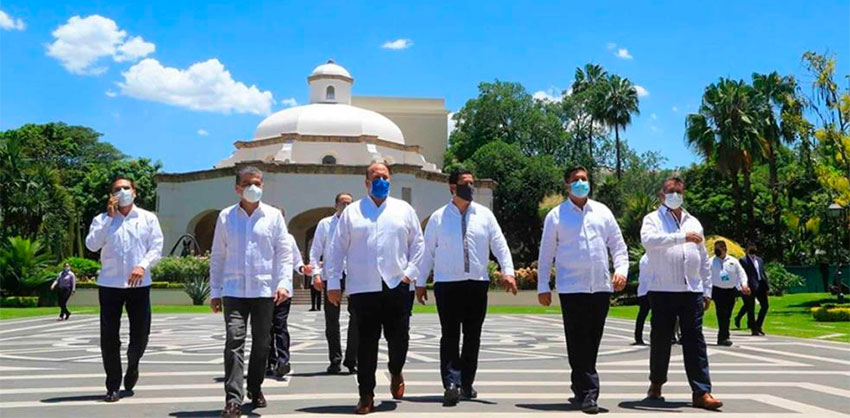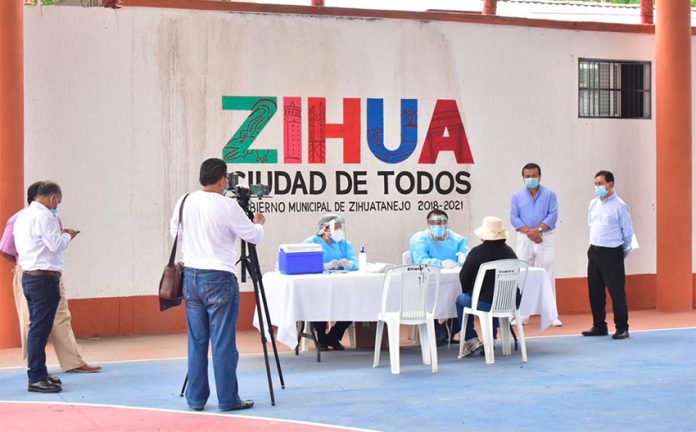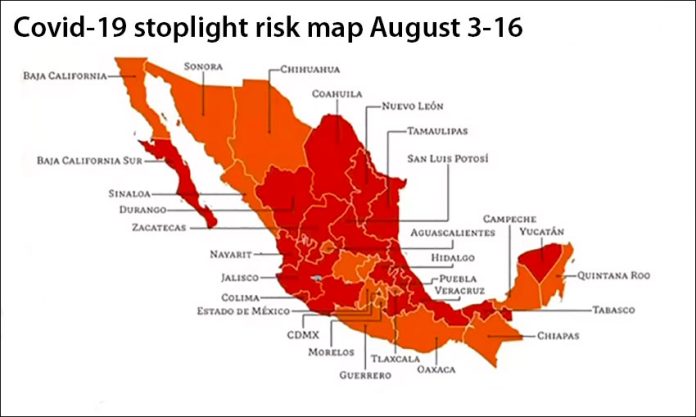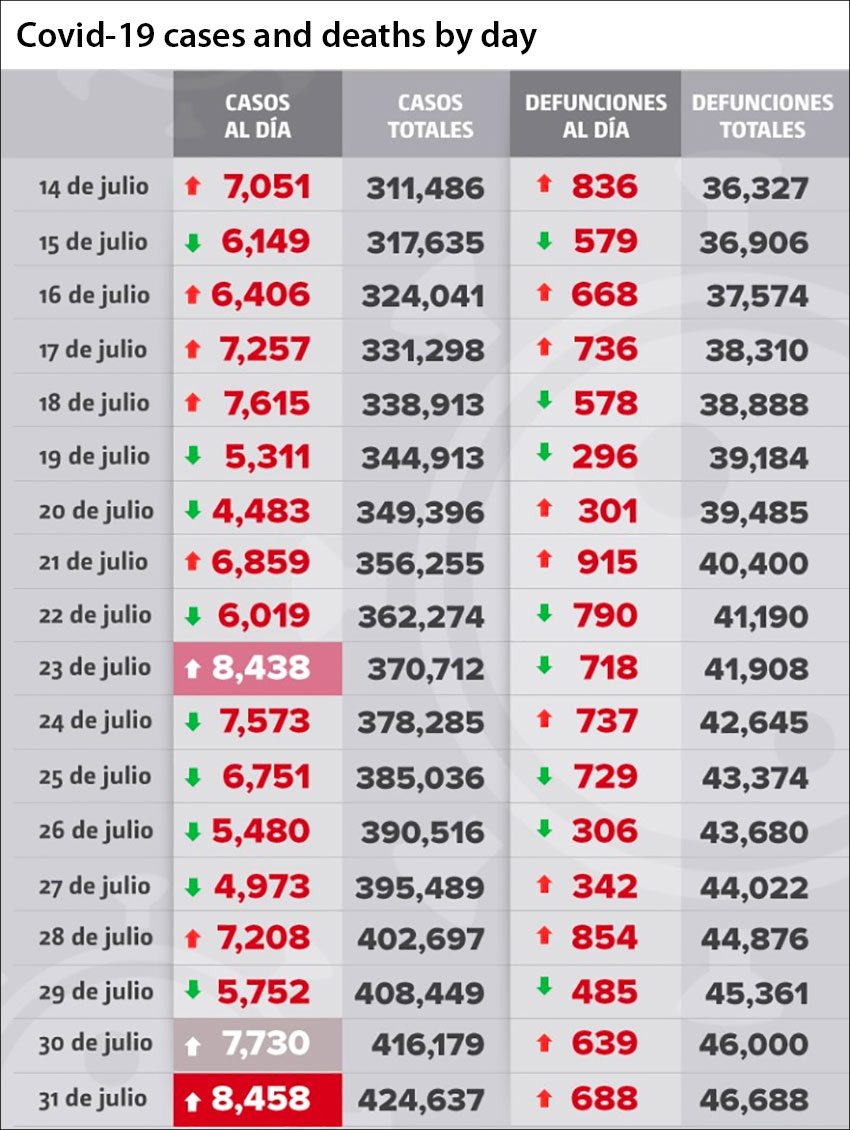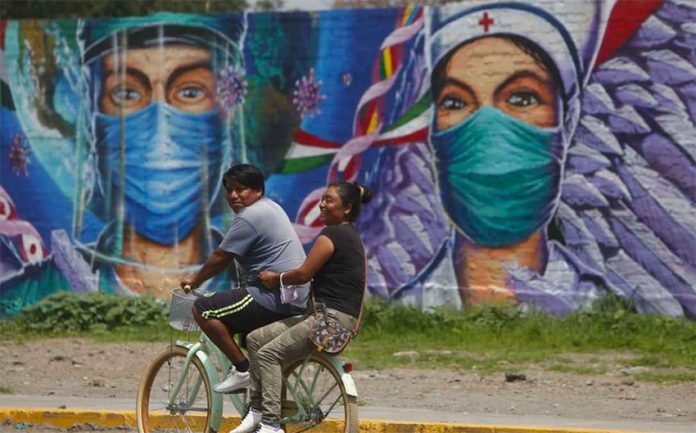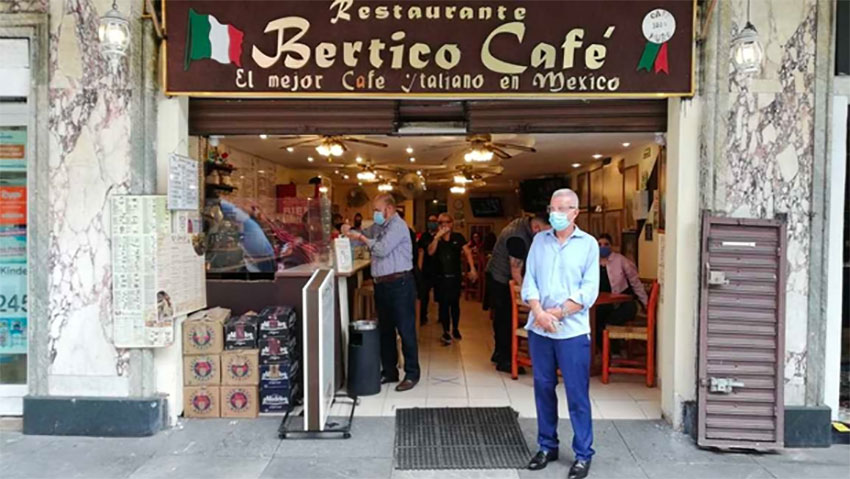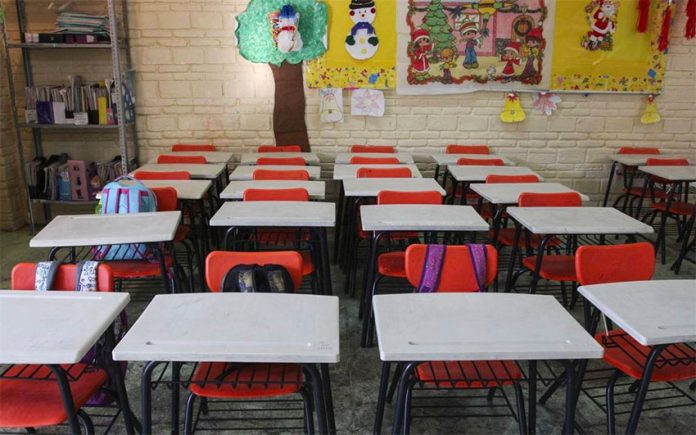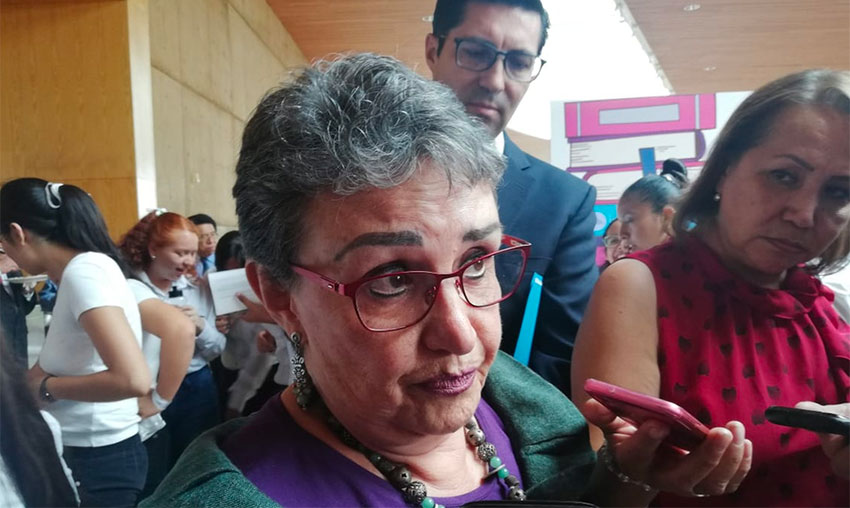José Antonio Yépez Ortiz, a crime gang boss better known as “El Marro” and allegedly one of the main instigators of violence in Guanajuato, was arrested early Sunday, bringing an end to a long manhunt for one of Mexico’s most wanted persons.
State police and soldiers detained the leader of the Santa Rosa de Lima Cartel, a fuel theft, extortion and drug trafficking organization, at a property in a small town in Juventino Rosas, a Guanajuato municipality about 75 kilometers southeast of the state capital, Guanajuato city.
The National Defense Ministry said the arrest of Yépez, who was wanted on charges of fuel theft and organized crime, was the result of intelligence work.
In addition to Yépez, security forces arrested eight other people at a farm property in the community of Franco Tavera, located just six kilometers from the town of Santa Rosa de Lima, where El Marro’s gang was formed.
Among those detained was a man identified as Saulo Sergio N. – allegedly Yépez’s security chief – and other members of the Santa Rosa cartel.
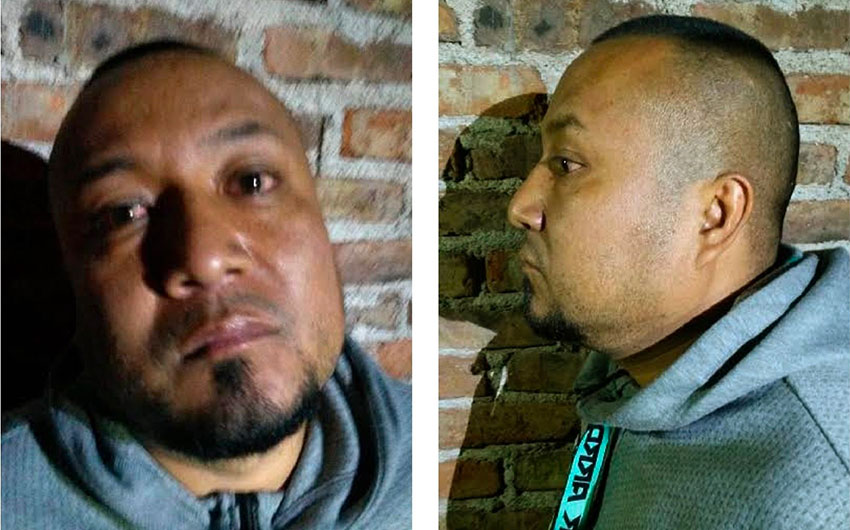
The security forces freed a businesswoman who was being held captive at the property, and seized numerous weapons including a grenade launcher, an armored pickup truck, a motorcycle, an all-terrain vehicle and cash.
They cordoned off the property, which is surrounded by trees and on which there are two homes, a chicken pen and horse stables.
Shots were fired during the arrest operation that took place in the early hours of Sunday morning and one person was reportedly wounded.
Federal Security Minister Alfonso Durazo said that Yépez, 40, would be taken to México state’s Altiplano federal prison, from which notorious drug lord Joaquín “El Chapo” Guzmán escaped via a tunnel in 2015, and appear before a federal judge.
The arrest ends a 1 1/2-year-long manhunt for El Marro, whose cartel has engaged in a bloody turf war in recent years with the powerful Jalisco New Generation Cartel (CJNG).
The feud between the two criminal organizations has turned Guanajuato, once one of Mexico’s most peaceful states, into the country’s most violent.
Between 2017, when Yépez became leader of the Santa Rosa cartel, and now, authorities have registered more than 10,000 homicides in the Bajío region state, including almost 2,300 in the first half of this year.
The majority of the murders are believed to be linked to organized crime, especially the turf war between El Marro’s gang and the CJNG, which is led by Mexico’s most wanted man, Nemesio “El Mencho” Oseguera Cervantes.
Some analysts say the arrest of Yépez, whose gang issued two threats against President López Obrador, represents a victory for the CJNG and that the Jalisco-based cartel will now unequivocally dominate the criminal landscape in the state.
Authorities have already arrested scores of Santa Rosa de Lima Cartel members, including several of El Marro’s relatives, although many of them were subsequently released due to a lack of evidence and irregularities related to their detention.
Before Yépez’s capture, federal and Guanajuato authorities used a fleet of drones to search for the criminal leader and monitor his movements once he was located, Milenio reported.
Unnamed government sources told the newspaper that the aircraft, equipped with high resolution cameras, had been used to aid the search for El Marro since April but aerial surveillance was increased after the release of Yépez’s mother in late June because authorities believed the criminal leader would attempt to make contact with her.

The sources said that authorities tracked Yépez to the community of Franco Tavera in recent weeks, noting that three drones detected gunmen stationed at the entry points to the property where he was detained and the arrival of vehicles at strange hours.
They told Milenio that Yépez had been recently hiding out in rural localities in the Guanajuato municipalities of Juventino Rosas, Apaseo el Alto and Apaseo el Grande as well as in the neighboring state of Querétaro. The sources said that El Marro had not been in Villagrán, the municipality where Santa Rosa de Lima is located, or Cortazar, another cartel stronghold, for the past month.
They said Yépez and his inner circle had no idea they were being watched by the drones, which were made by the Israeli company Rafael Advanced Defense Systems.
According to Milenio, the operation of the kind of unmanned aerial vehicles used in the surveillance of El Marro requires the permission of the United States Department of State because the U.S. Marines have an exclusive contract with their manufacturer.
Milenio also reported that two days before Sunday’s raid, the federal government’s Financial Intelligence Unit (UIF) blocked the accounts of 11 people who were part of Yépez’s legal and accounting team.
Funds held in the accounts were related to El Marro’s criminal activities, the UIF told the newspaper. The UIF has previously blocked the accounts of 88 people with alleged links to the Santa Rosa de Lima Cartel.
López Obrador said Sunday that the arrest of Yépez, and corruption cases against former officials including ex-Pemex CEO Emilio Lozoya, showed that the government is not “hijacked” by nor at the service of crime groups, whether they be bands of white-collar criminals or violent cartels.
In a video message posted to social media, the president reaffirmed his commitment to combating corruption and eliminating impunity.
“If we cleanse the government of corruption, if impunity comes to an end, the rebirth of Mexico will be achieved,” he said.
López Obrador described the arrest of El Marro as “very important” and charged that the Santa Rosa cartel was able to increase its strength and expand due to the complicity of state and municipal authorities.
“How was it that this cartel grew so much to the point that Guanajuato became the most violent state in the country? … Complicity, shady deals with municipal authorities and state authorities and impunity! Now the Ministry of Defense, with the support of the state government, achieved this arrest which is important, very important.”
For his part, Guanajuato Governor Diego Sinhue said on Twitter that Yépez’s arrest was “a big step toward recovering peace” in the state.
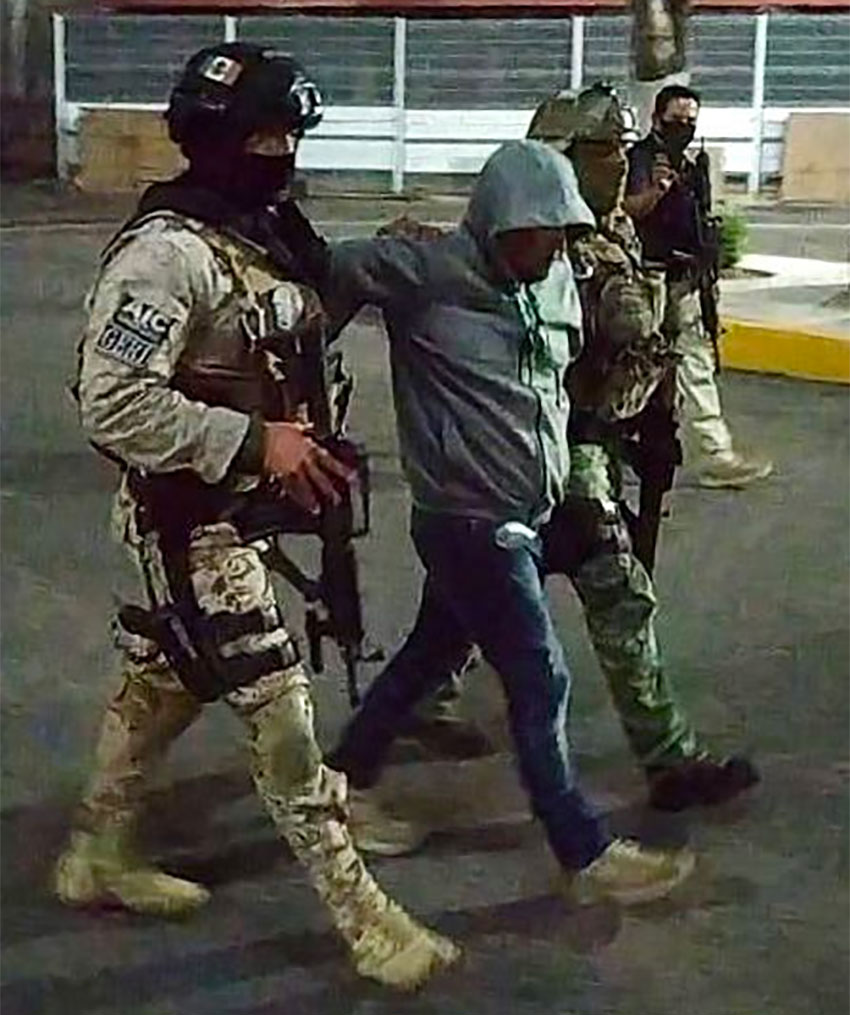
David Saucedo, a security analyst and consultant, said that El Marro could choose to cooperate with authorities and as a result implicate government officials in his criminal activities.
“The process that will follow opens the possibility that Yépez will become a protected witness. … To reduce his sentence or to have more favorable prison conditions he [could] give the names of all the politicians and National Action Party [state] authorities in Guanajuato that provided protection to him,” he said.
Saucedo said that Yépez could become a “Guanajuato Lozoya,” referring to the former Pemex chief’s willingness to collaborate with authorities.
He said the arrest of El Marro doesn’t mean that the Santa Rosa de Lima Cartel has been completely dismantled and predicted that internal disputes among plaza chiefs could lead to an increase in violence.
Saucedo said that violence could also spike because the CJNG will likely seek to take advantage of the situation and launch a new offensive against its weakened arch enemy in Guanajuato.
It is probable that the CJNG will move into Querétaro, the analyst explained, because that state “had a wall that defended it from the Jalisco cartel, which was precisely … the Santa Rosa de Lima Cartel.”
However, if the CJNG succeeds in taking down its rival, nothing will stop it from moving into Querétaro, Saucedo said.
“The capture [of El Marro] is a triumph for both the state government and the federal government but the main winner is the Jalisco New Generation Cartel.”
Source: Milenio (sp), Reforma (sp), El Financiero (sp)


